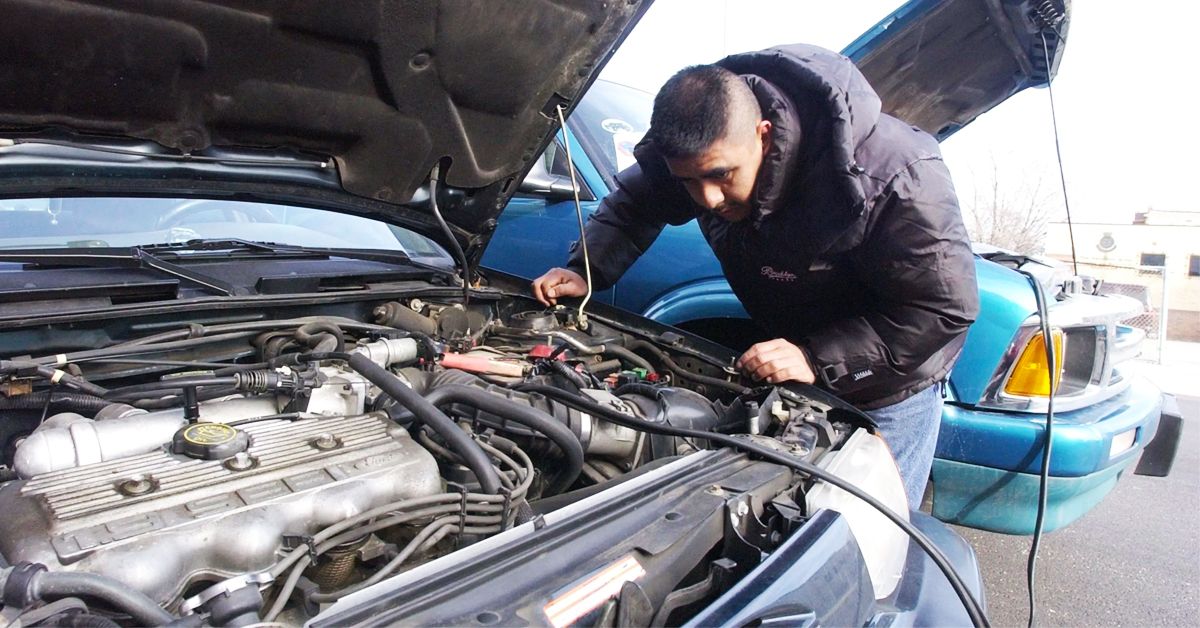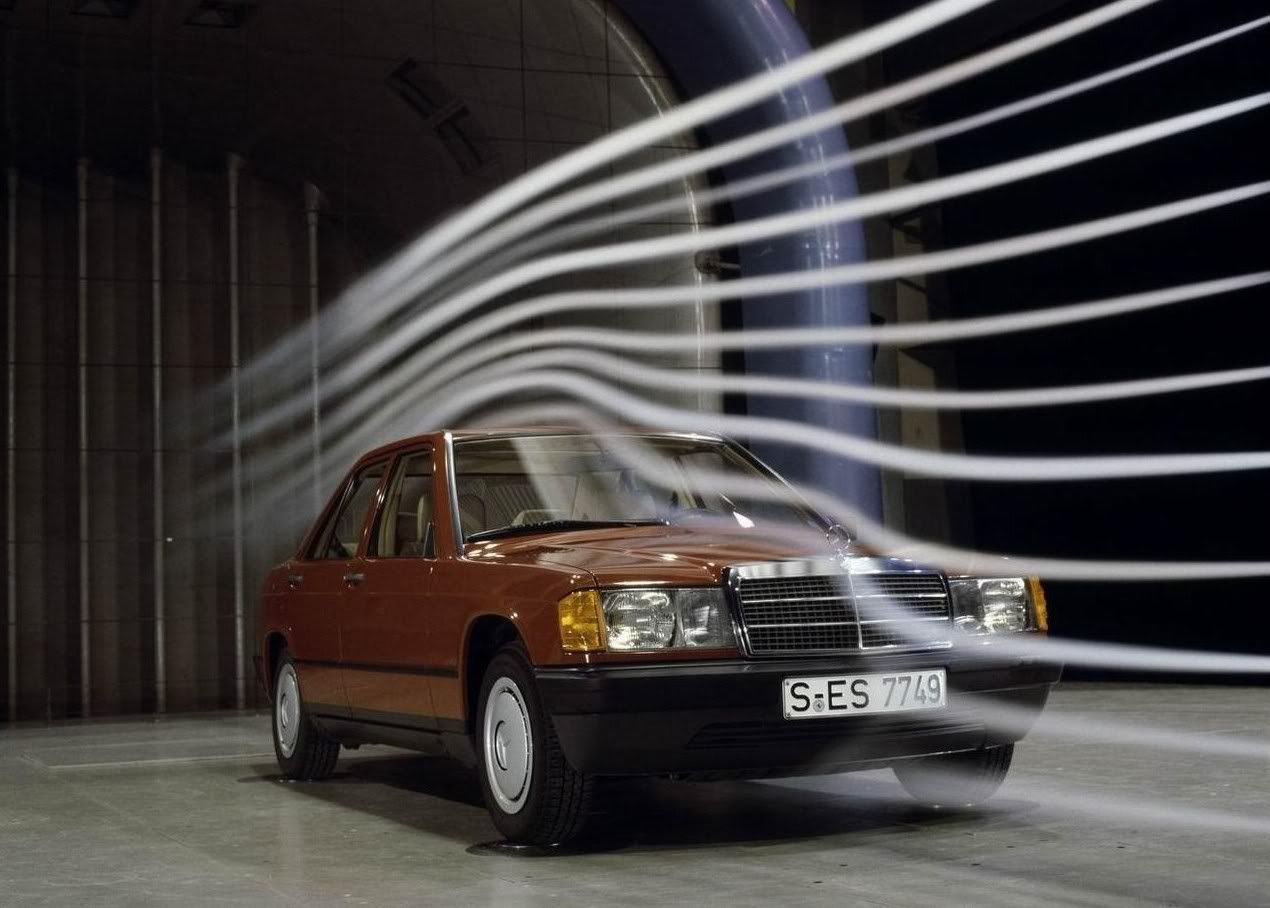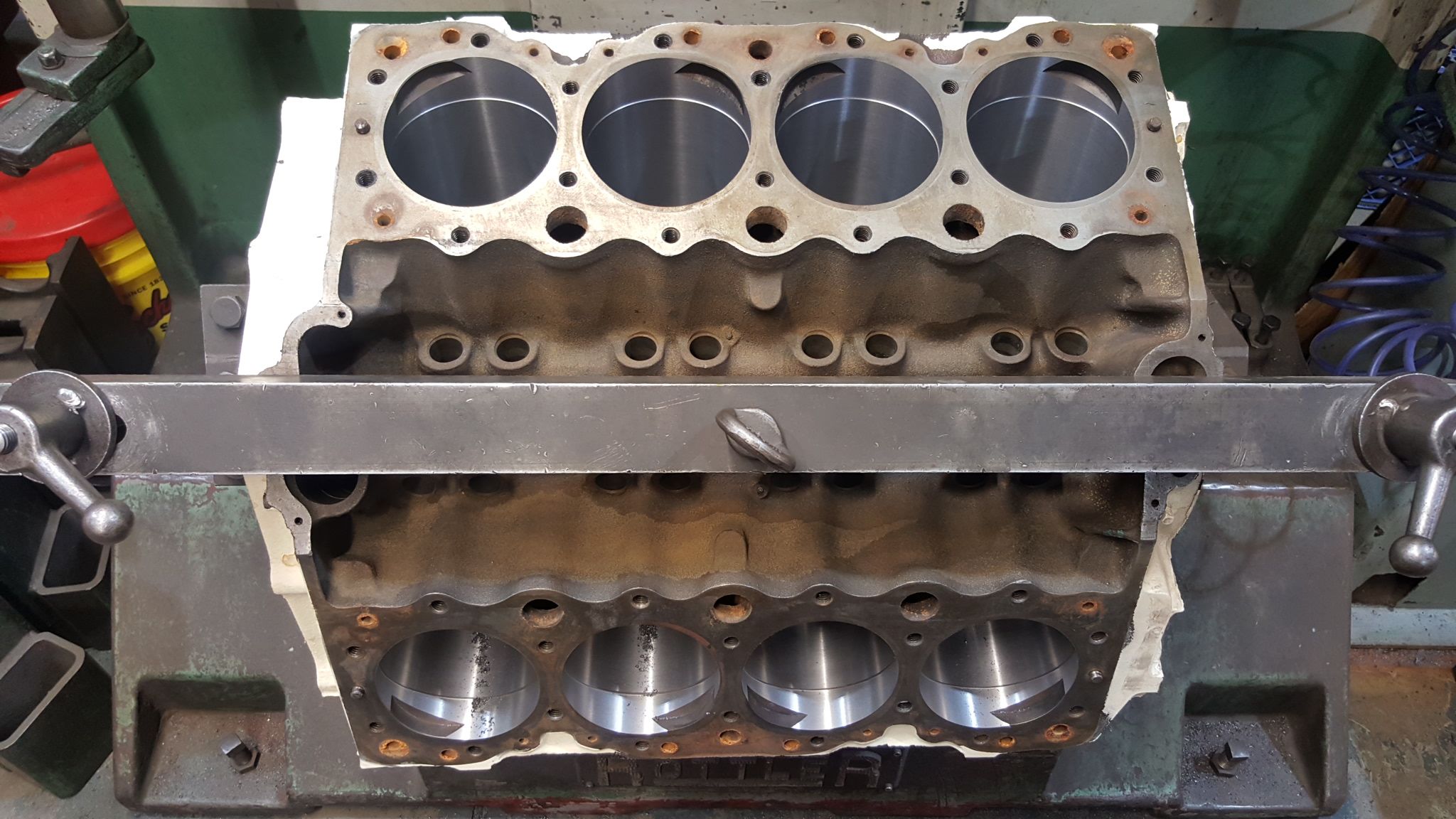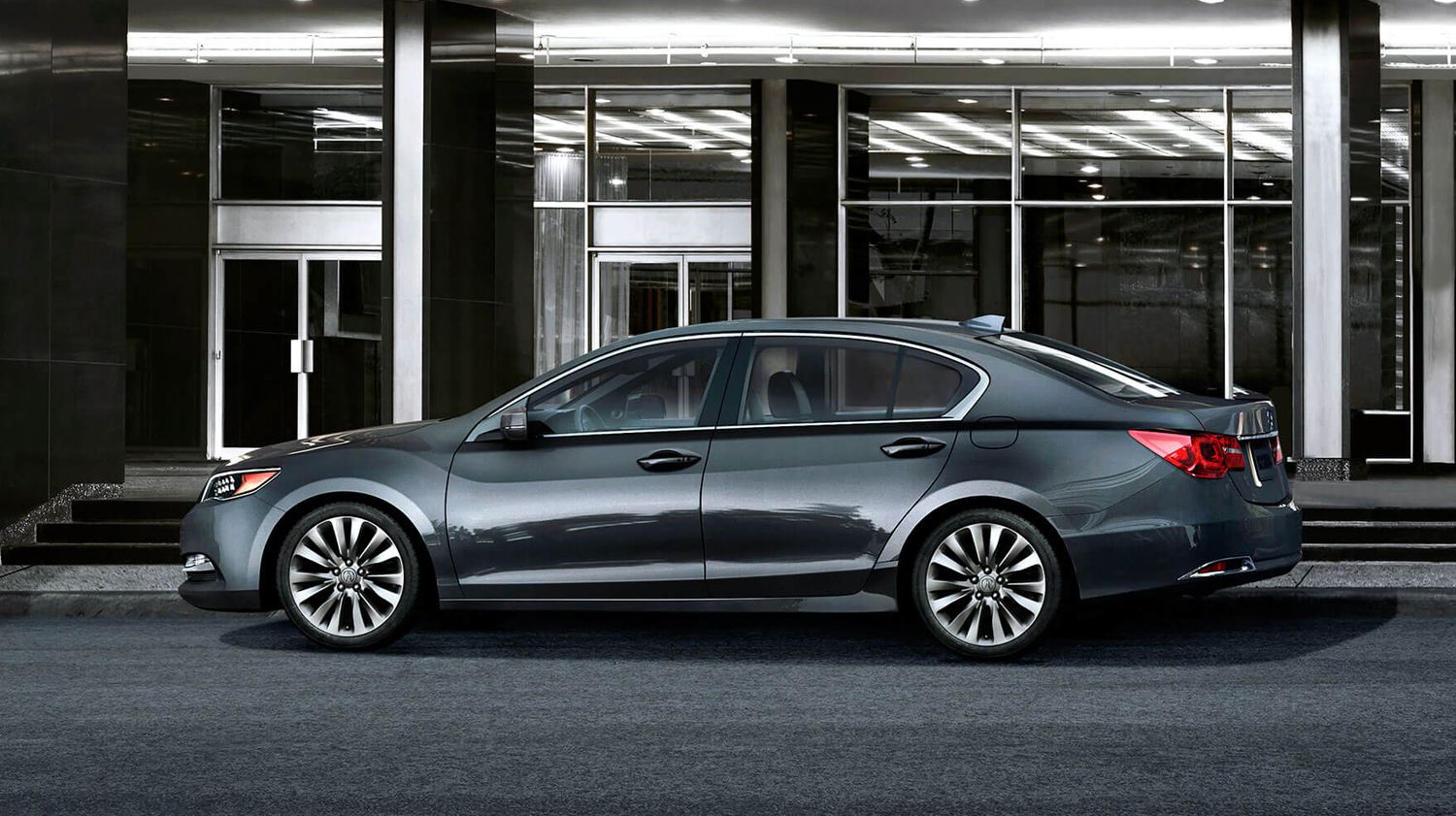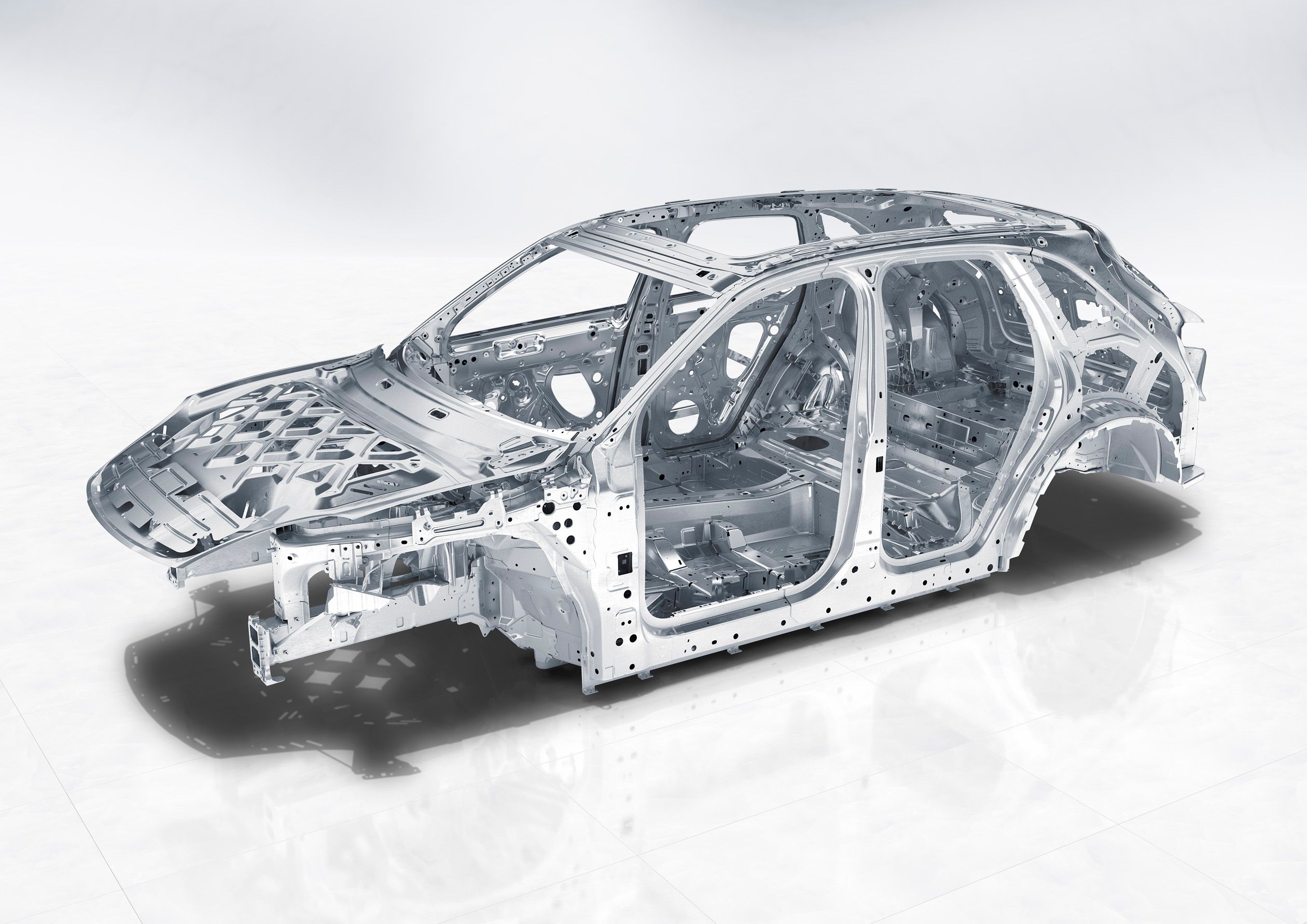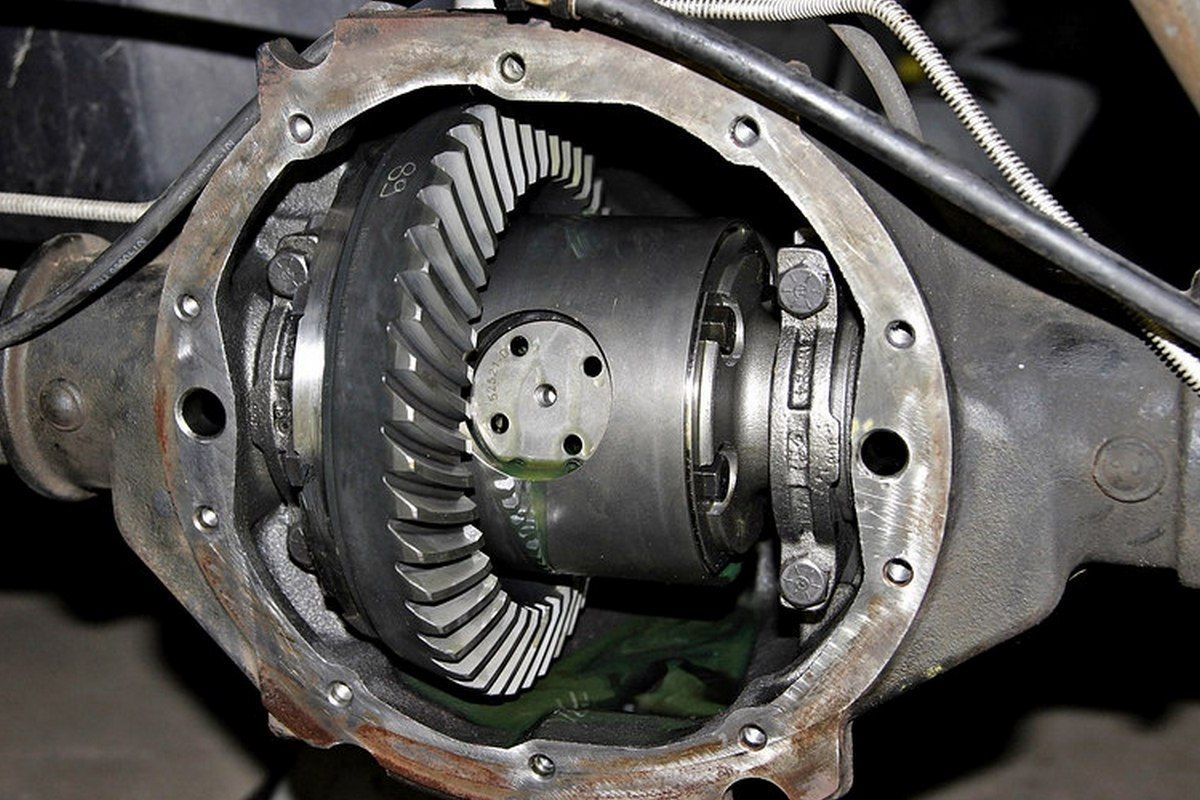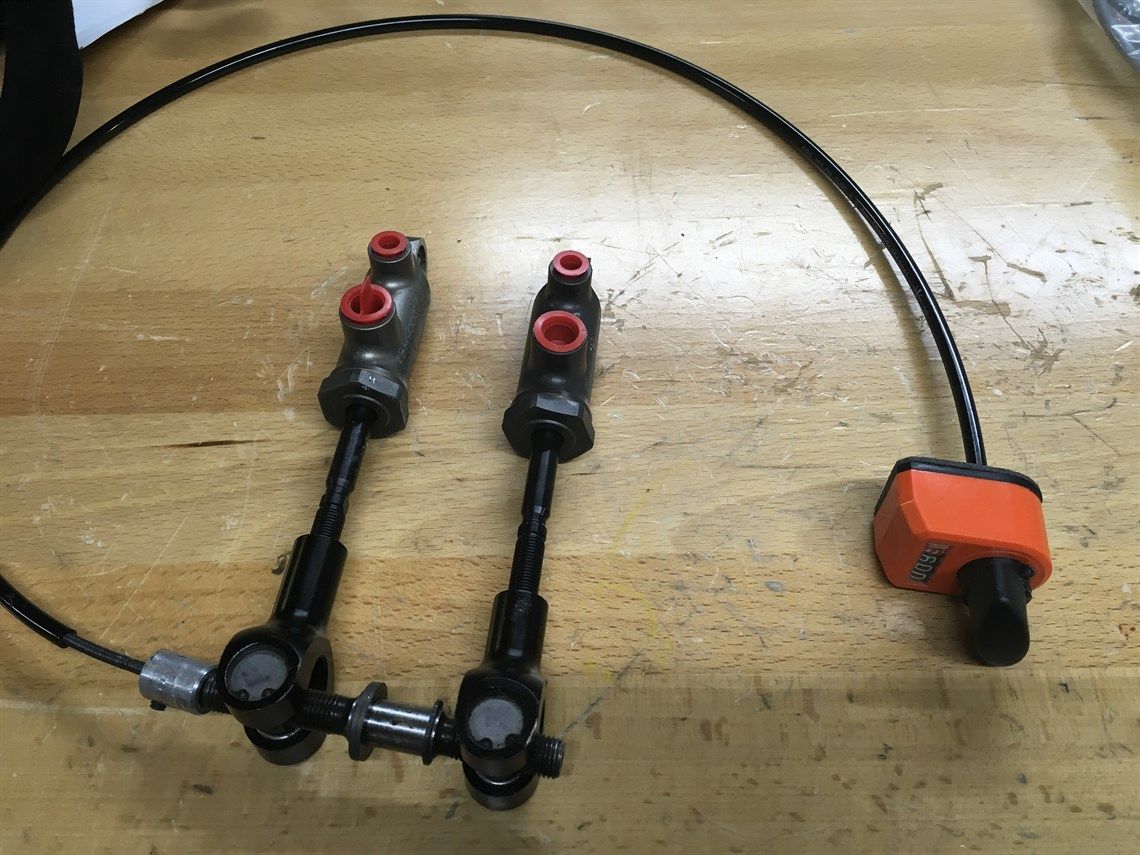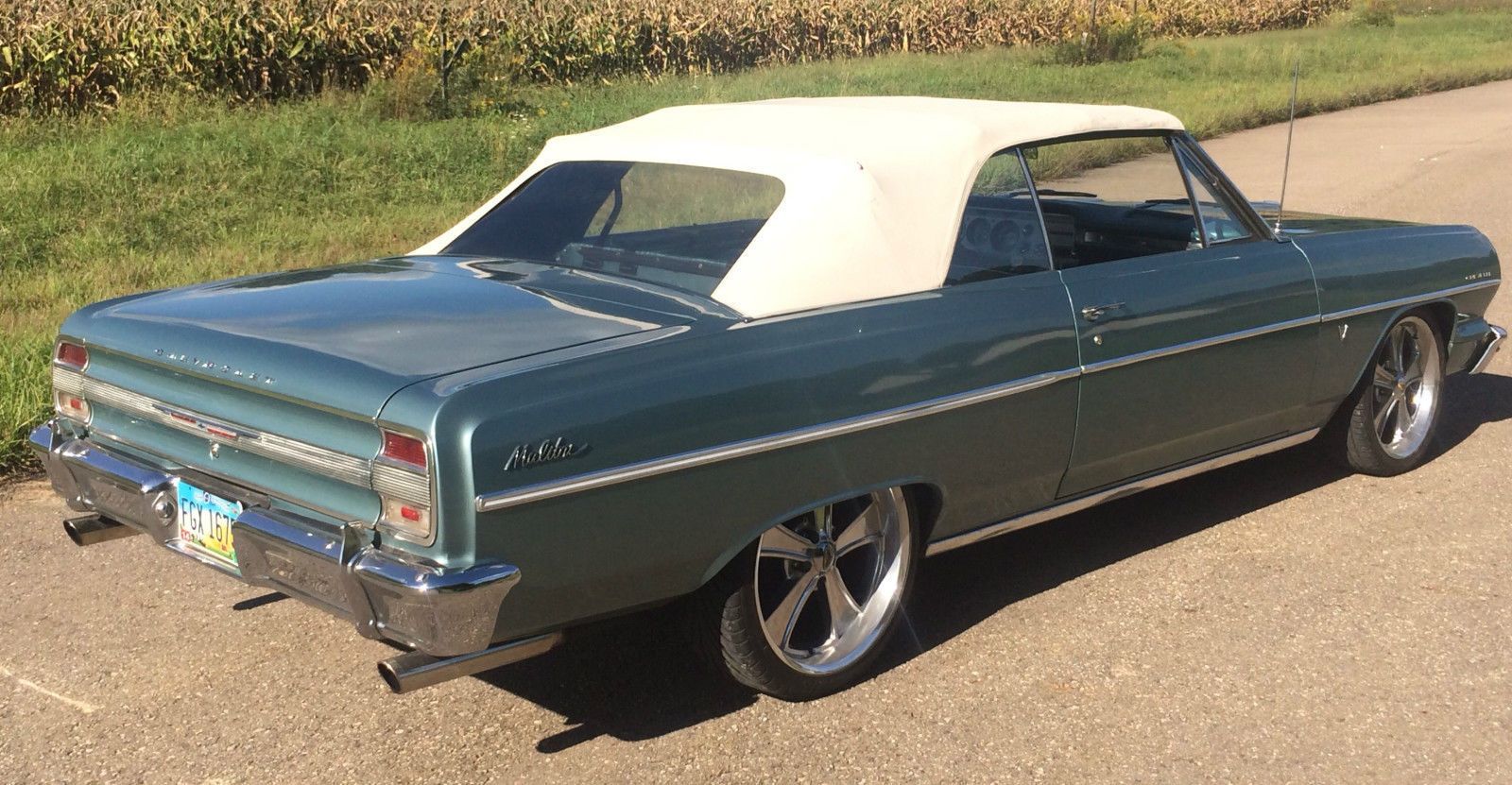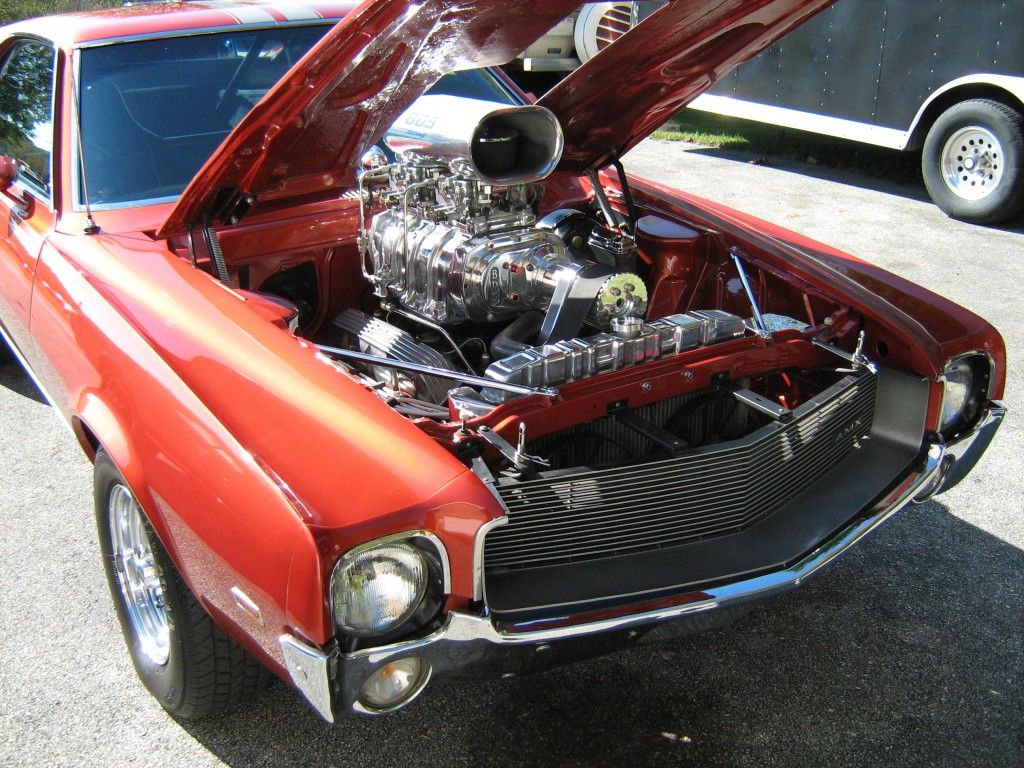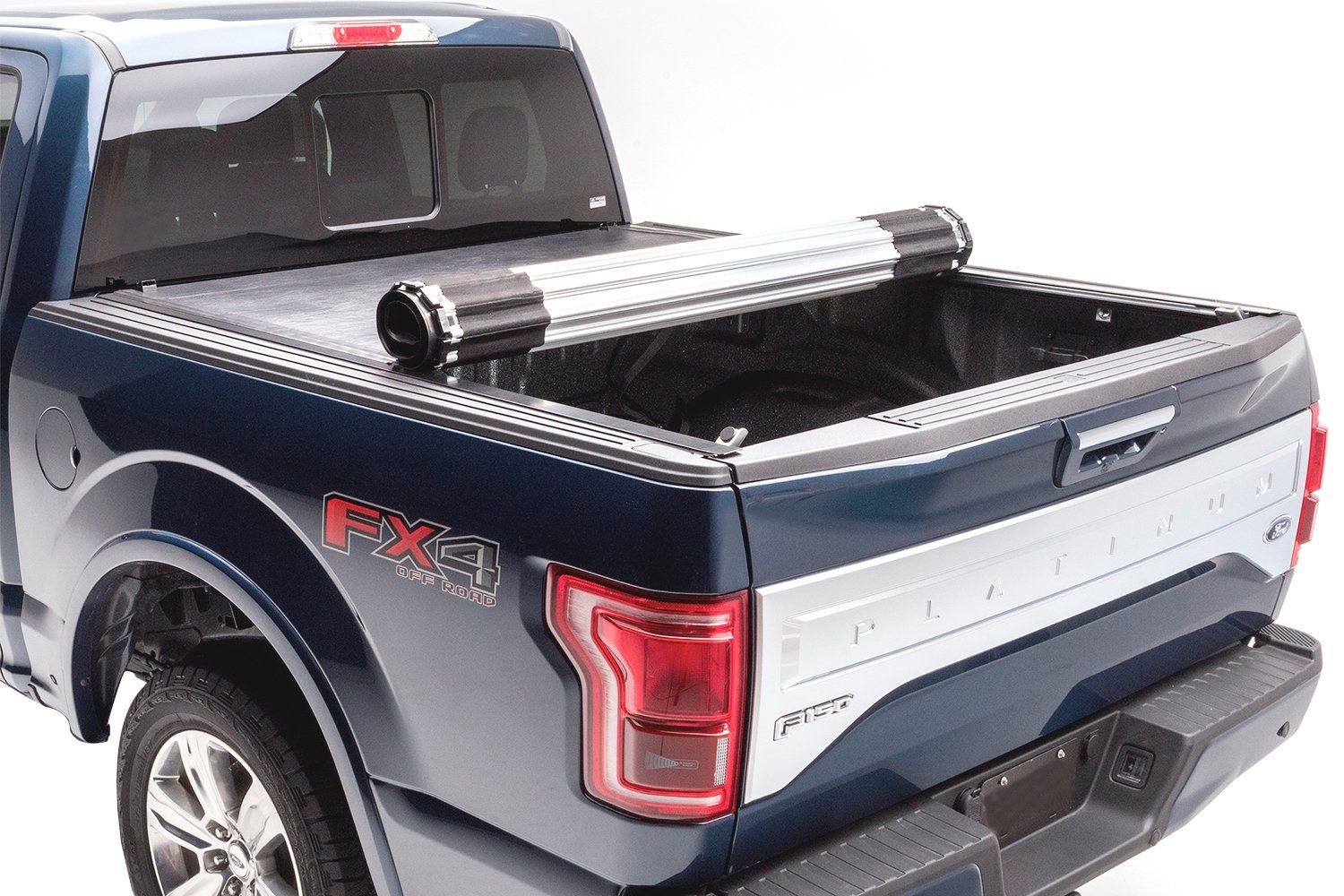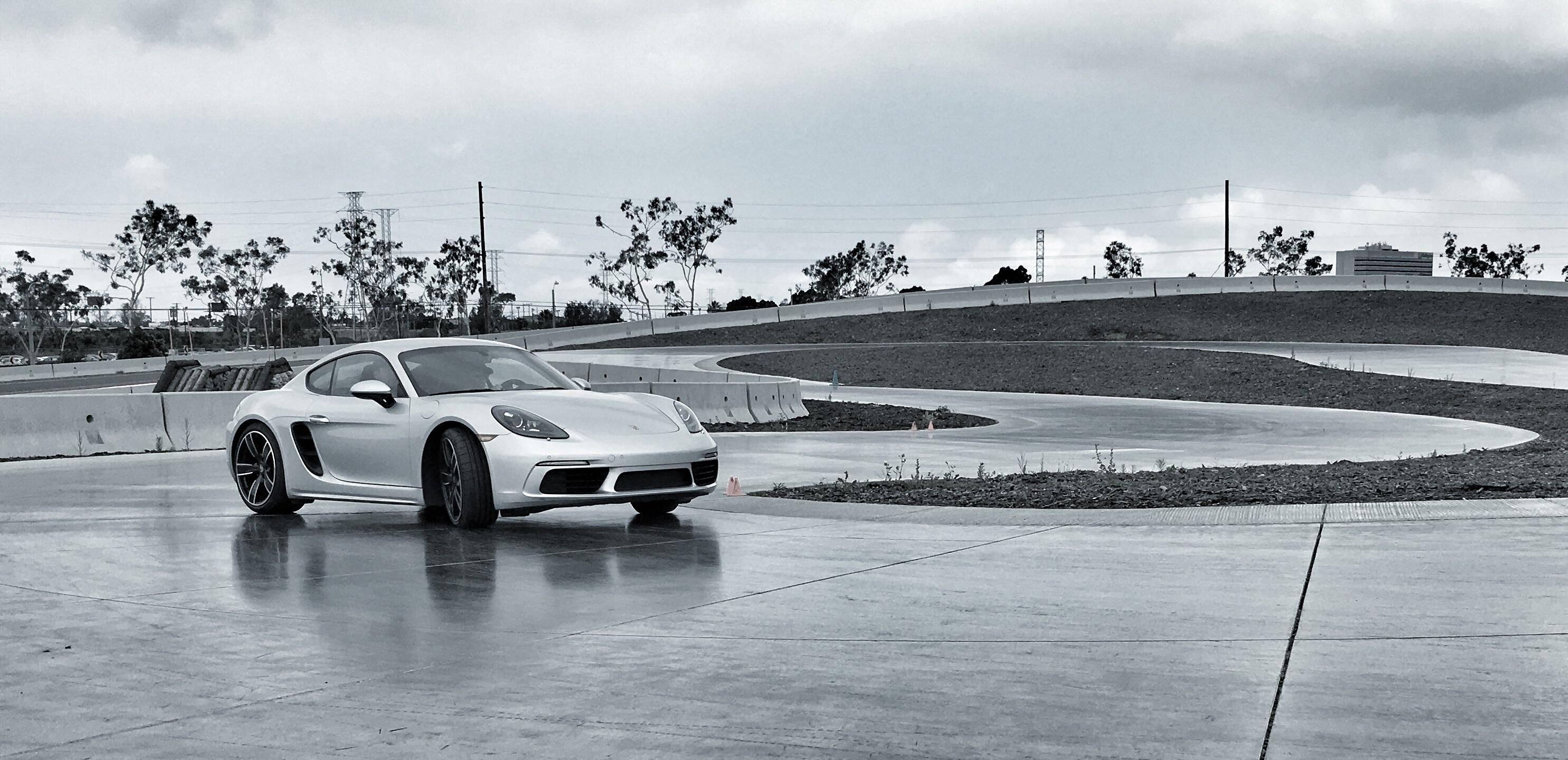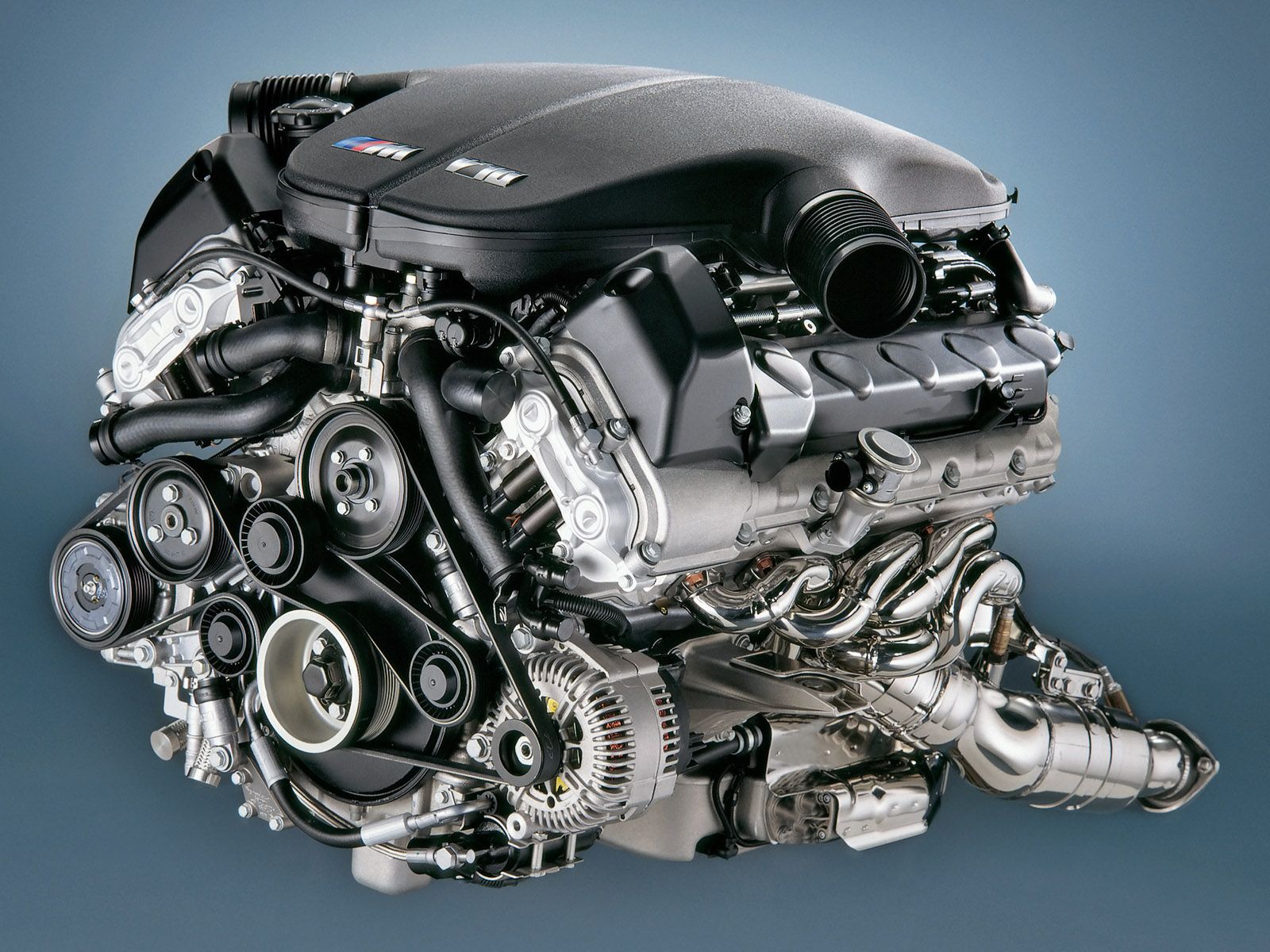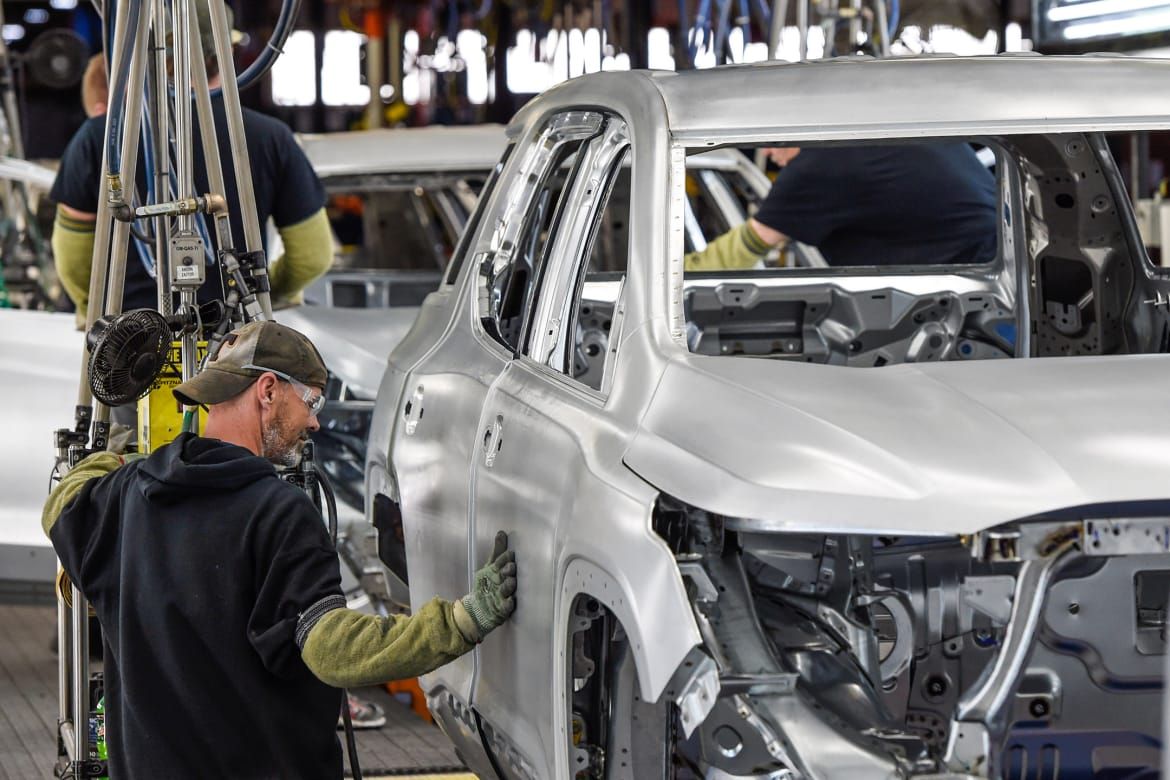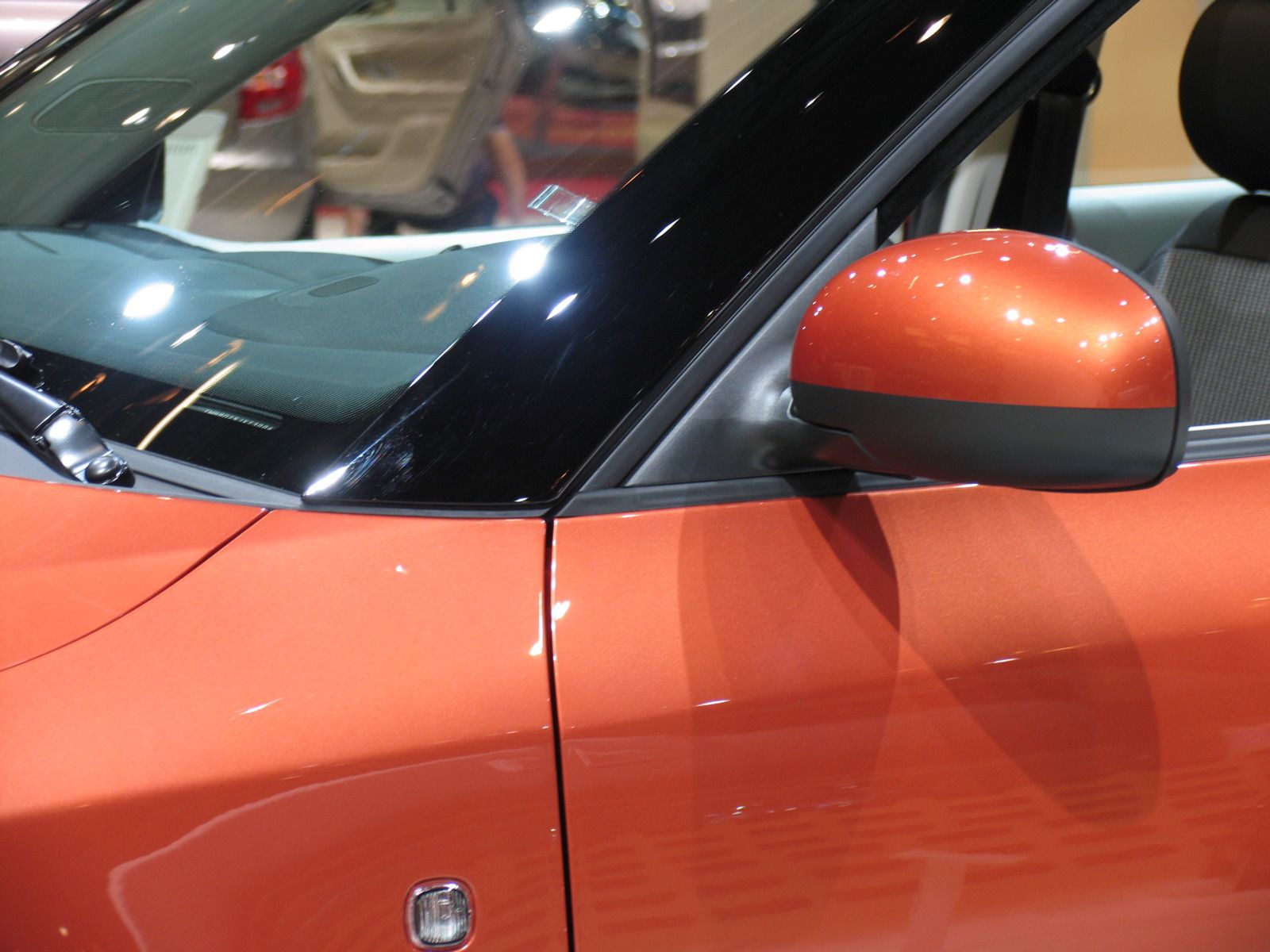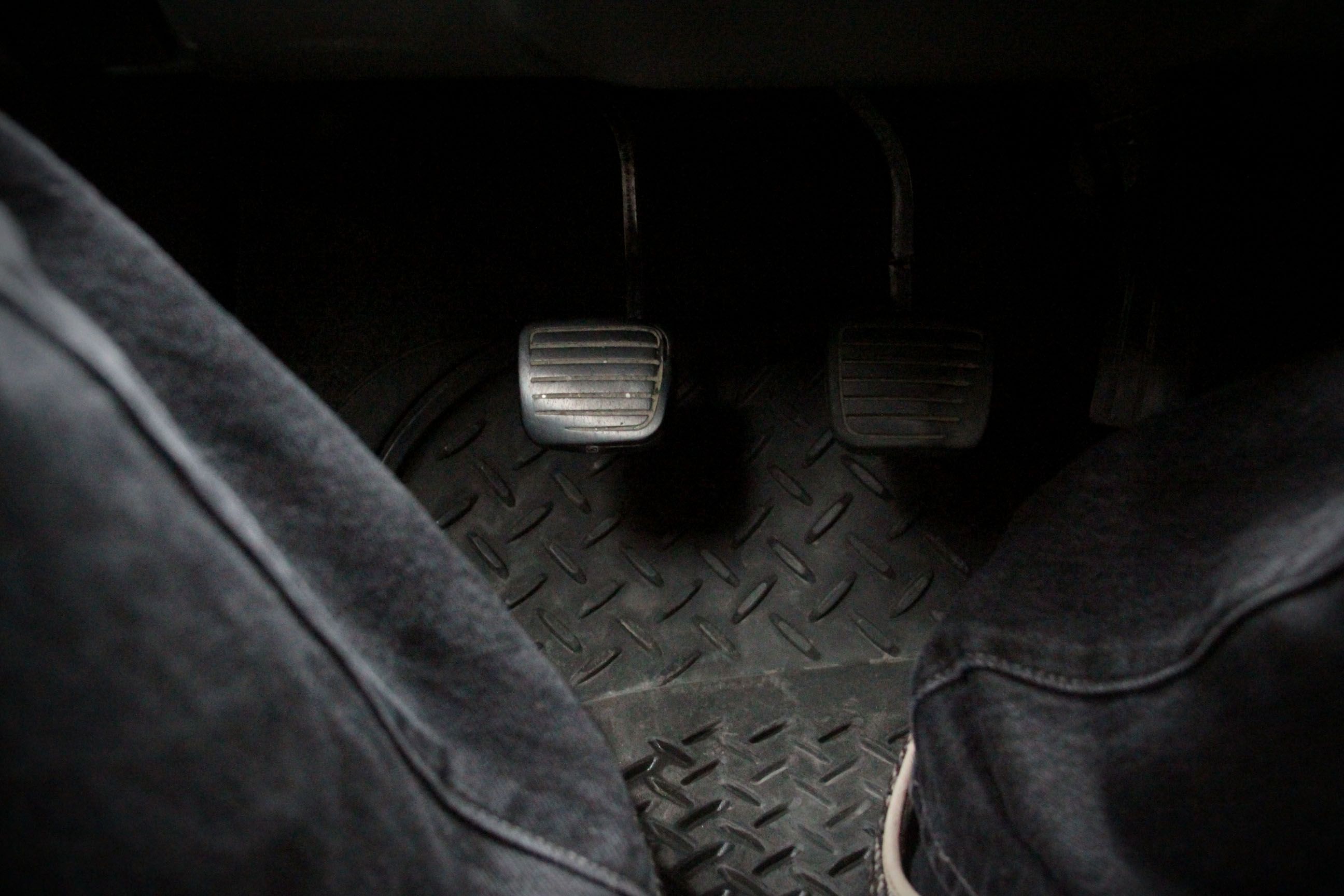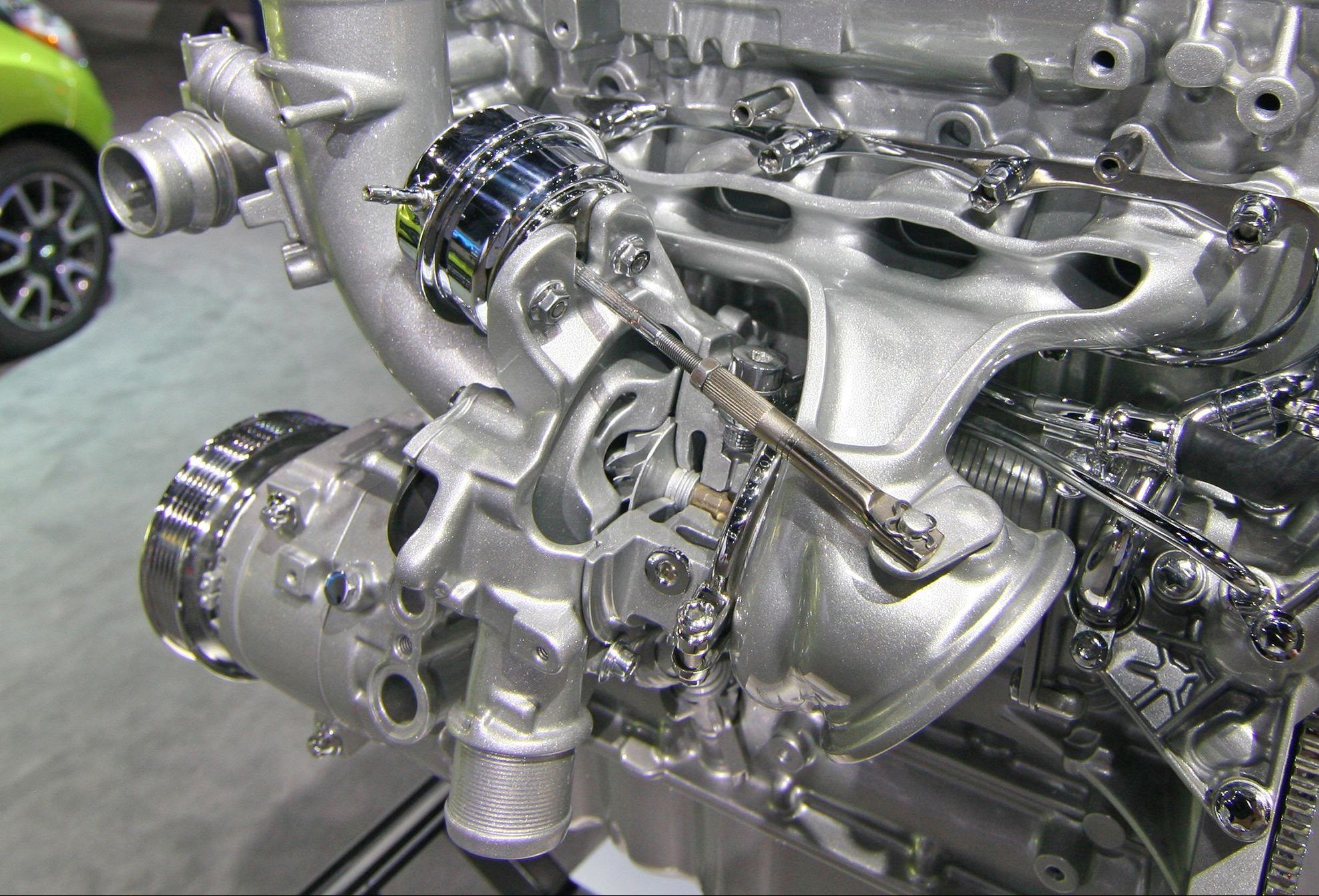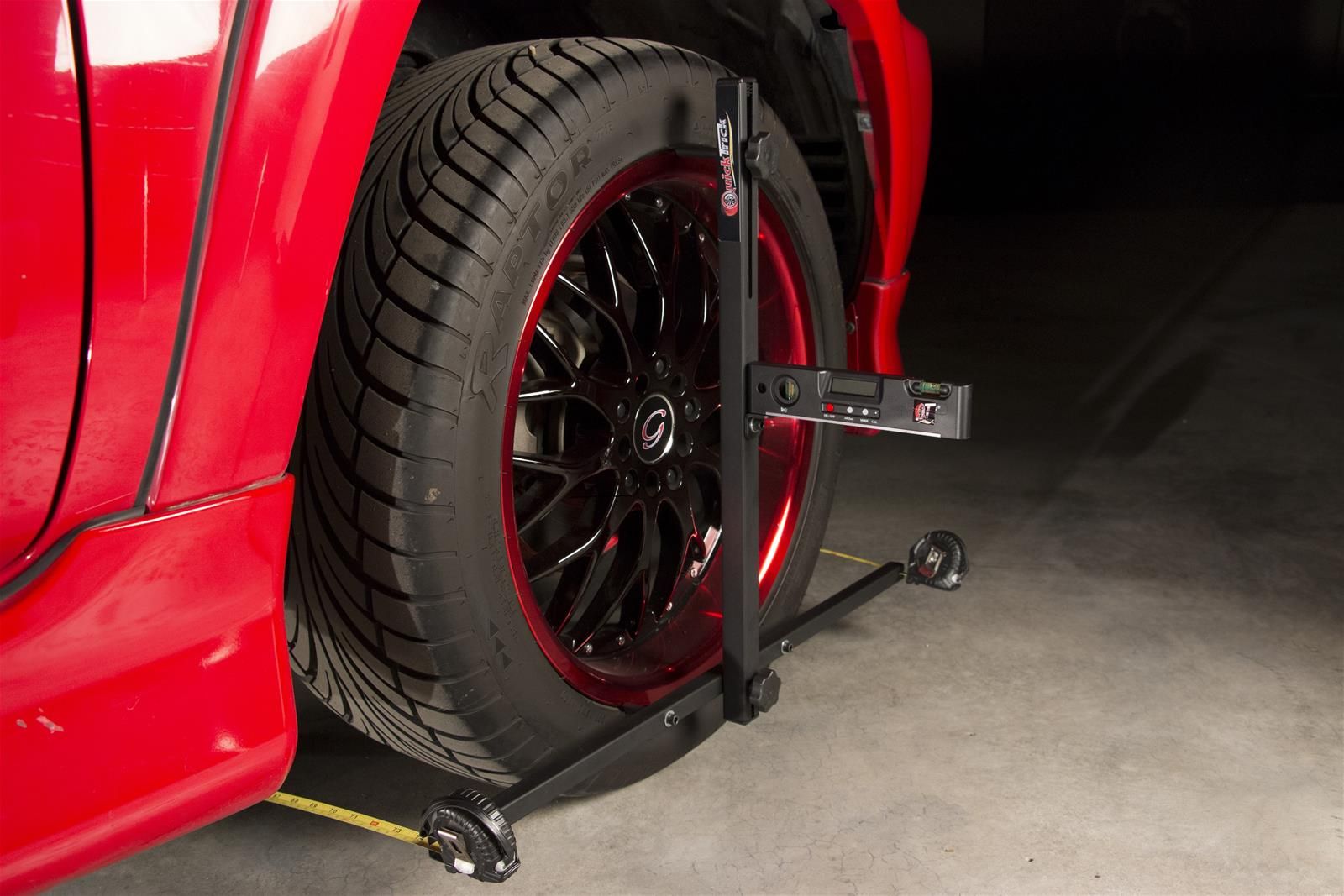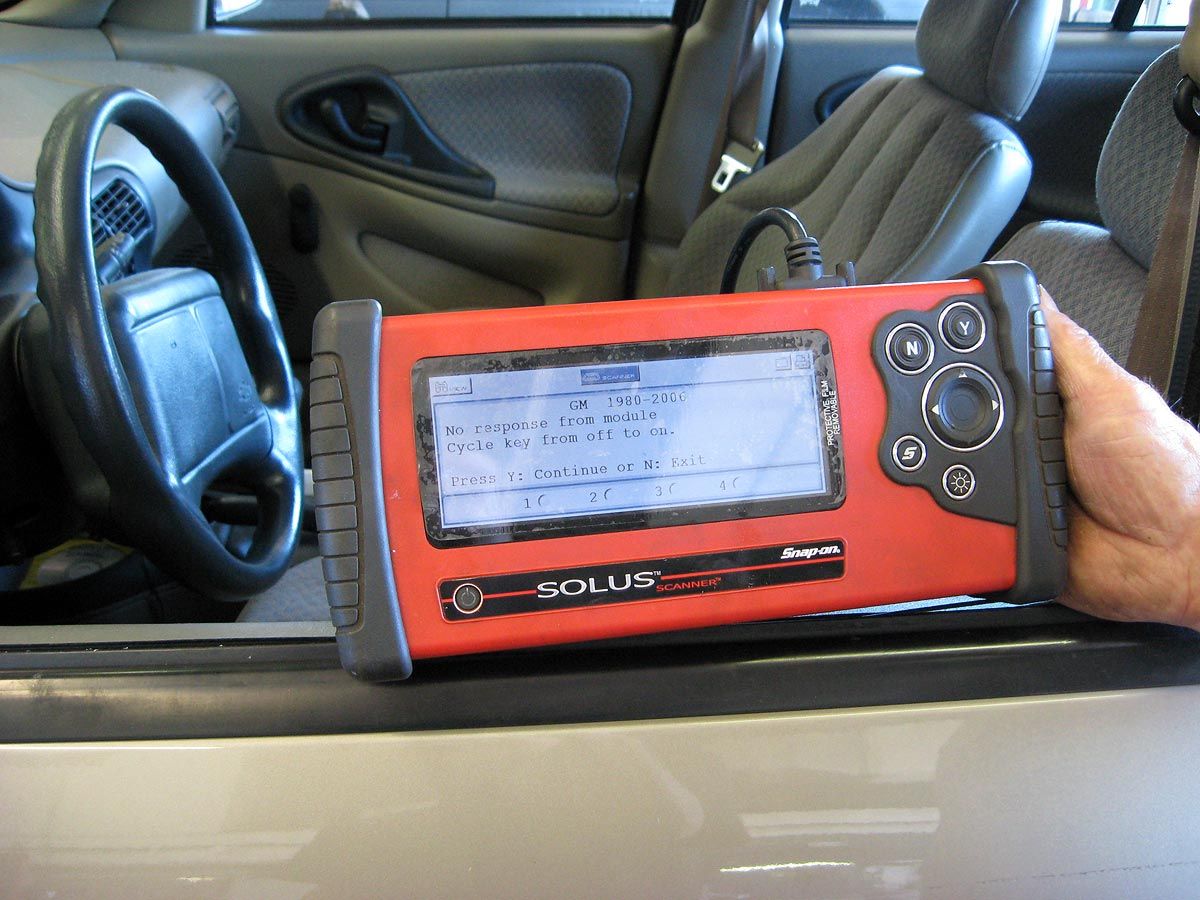Words come up all the time that we don’t know or understand, yet our pride often gets the best of us. We’d rather pretend to know what something means than reveal the truth—that we have no idea what it means. Even auto aficionados are guilty of this every once in a while.
With new phrases and words changing out of the auto lexicon each year, it’s hard even for car enthusiasts to keep up. Language becomes dated quickly and the average memory is short when it comes to antiquated terms. What sounds current and hip today is unfashionable tomorrow. This is part of human nature for language, to always change and develop over time.
There are a handful of car phrases people are all too familiar with these days, whether it might be antifreeze, fuel economy or power steering. These are so common you don’t even have to own a car to know what they are. The trickier ones are harder because they require a deeper understanding of cars and how they work.
Whether they’re from decades ago or only apply to niche auto circles—like drag racing or hot rods—many car words and phrases carry little meaning to the general public. More than likely though, people will be quick to convince others they understand what it means (when they don’t) to avoid embarrassment. We gathered a combination of phrases and words in the auto world that many don’t have a clue about but pretend to know. Some are still relevant today, while others lost relevance a long time ago.
24 Drag Coefficient
Drag coefficient may sound like a really complicated term, but the concept behind it is elementary. At least, that’s what car enthusiasts would say. The general public likely doesn’t have a clue though, but who can blame them for not admitting it?
According to Complex, it is the amount of air resistance a car encounters while it is in motion. They go on to state that this factors into a car’s fuel economy. The less drag coefficient a car has, the better mph it gets.
23 Banger
In the context of cars, a banger isn't an English dish nor is it the name of a Miley Cyrus album—it actually has to do with traditional combustion engines. Although many are familiar with the cylinders in engines—and that they can have as many as 12—they aren't as familiar with the term "banger.”
According to Business Insider, as an example, some may refer to 4 cylinder engines as “four-bangers” in reference to the "banging" sound they make. This is an example where most people know what a cylinder is but not that it’s also called a banger.
22 A, B, C Pillars
People might look at this term and scratch their heads. They look at a car but don’t see any visible pillars. They would never dare admit they aren’t aware of its meaning though. They don’t have to worry any longer though. The A, B and C pillars are the divisions of the car in between windows.
As Complex notes, the A-pillar commonly signifies the division on each side of the windshield, the B-pillars are between the driver and passenger windows, while the C-pillar is towards the rear.
21 Governor
In combustion engines, the carburetor is an important device. Explain That Stuff notes that an engine thrives on not just fuel, but air as well to keep it running. While the carburetor isn’t as common anymore in EVs, it’s necessary to regulate the balance of fuel and air in traditional engines.
When someone hears about a carburetor equipped with a governor, some tend to nod in agreement without a clue what it is. The site Antique Car notes that a governor limits the engine’s speed.
20 Unibody
It’s a phrase that comes up often referring to the exoskeleton of a car. Many feel they’ll lose others’ respect if they have trouble admitting they’re not sure what it means. We’re happy to shed light on the matter.
The site Antique Car notes it is when a car’s body and frame come shipped together. The alternative to this is a body on frame vehicle, where the body and frame are two separate pieces that join together. There are pros and cons to each of these styles.
19 “Blip The Throttle”
A car enthusiast might roll their eyes at this, thinking this term is “obvious.” Not everyone is familiar with “blipping the throttle” though. We’re here to shed light on this term that comes up in the auto world.
Complex reports that this is when a driver throttles quickly and forcefully, giving a jolt of gas. The engine revs as a result of this action. Usually, drivers do this in the act of downshifting. This is an important maneuver common among racers and those daring enough to try.
18 Limited-Slip Differential
Some terms sound fashionable and cool among car enthusiasts. Those who want to sound cool—or like someone from the 1960s—call it an LSD for short. Road and Track reports that a limited-slip differential improves the performance of a car by controlling the amount of power that's distributed to individual wheels.
This gives the car more traction as a result. They also go on to note that popular cars like Miatas use limited-slip differentials, which are standard on many modern performance cars today.
17 Brake Bias
Brake bias isn’t when drivers favor stopping the car over accelerating—although it sounds like it should be. The idea behind this familiar phrase is simple. According to Complex, this is where the dominant distribution of braking power lies. Brake bias can either reference the front of the car or the rear, depending on where it’s dispersed.
It’s a mechanic’s job to know the meaning behind this, although the average driver may not have a clue about brake distribution (even though it makes sense).
16 Rag Top
Certain auto terms continue to come up in conversation today and reference different types of vehicles. The term “rag top” has been a part of automobile lexicon for years. This is a slang term that the site Antique Car reports is a reference to convertible cars that have a soft top for a roof.
Out of a desire to fit into the car world, many pretend to know what a ragtop is since it is a common descriptor that still gets thrown around.
15 Knock
Knock may refer to what someone does on a door, but it has a completely different meaning in the car world. We already covered the term “governor,” under which we addressed a car’s carburetor.
In the event that a blend of both fuel and air explodes inside the engine, according to Complex, then an event occurs known as knock. Those who aren’t familiar with knock may recognize another term that means the same thing: detonation. The same source makes note that one ought to make a trip to a mechanic should this occur.
14 Tonneau
Pronounced “tuh-noh,” this word refers to a particular part of a car. Part of what makes this term so tricky is that its meaning has altered slightly over the years. According to the site Antique Car, it originally referred to the rear seating of a car.
Over time, the term changed and now it refers more closely to rear bed or rear part of a car used for storage. In this particular photo, this truck has what’s called a tonneau cover.
13 Opposite Lock
Opposite lock isn't something average drivers will likely experience on their morning commute, which is why the meaning behind it isn't widely known. According to Business Insider, opposite lock—also known as “oversteer,” is a maneuver drivers use when drifting.
During a drift, a driver may lose traction but can oversteer to right the vehicle back on track in a seamless manner. The same source also notes the phrase “a dab of oppo,” which is what some suggest doing in those situations.
12 Naturally Aspirated
An aspiring gearhead doesn’t have to go very far before they hear about a naturally aspirated engine. Since the term gets thrown around, it’s tempting for those who don’t have a clue to say they know what it means.
According to Complex, these types of engines make combustion on their own. They manage to take in air and mix it with fuel. These types of engines aren’t as common as they used to be, which might explain why many don’t know what they are.
11 O.E.M.
Whenever an owner buys car parts, it’s important to know where they’re coming from. That kind of information not only influences the price of a part but can also determine its quality. People may claim to know what O.E.M. means and how it relates to car parts when in actuality the meaning eludes them.
The site Antique Car has a glossary of car terms, noting that O.E.M. stands for “original equipment manufacturer.” This means it is an original part from the maker, not aftermarket.
10 Beltline
Those who aren’t in on the meaning behind these words will start kicking themselves once they realize how simple they are. This is one of those fancy terms that actually references something simple.
Complex describes the beltline as the region where the glass ends on a car. Essentially, it’s just a fancy way for saying where the windows stop at the bottom. It makes sense that it is named a belt considering the fender and wheels are its feet and the roof its head.
9 Double Clutching
It became a rite of passage for many in learning how to double clutch. This is also a term that meant more back in the day before advancements in technology.
Complex reports that double clutching is a trick drivers use to downshift smoothly without grinding gears. It was necessary for drivers behind the wheel of a manual transmission to do this trick if they wanted to avoid the wear and tear over time. Today though, there are synchronizers which mostly solve this challenge.
8 Turbo Lag
Those trying to fit into car circles can flex their knowledge of turbo lag after reading this. Business Insider presents the scenario of a turbocharged V6. By upping the performance of a V6 with a turbocharger, it may take longer for power to kick in. Thus, the term “turbo lag” is born.
They also note that many turbochargers today don’t suffer from turbo lag, suggesting it is an older phenomenon. It may just become another one of those outdated terms down the line.
7 Camber
The term camber has to do with a car’s wheels. It goes even further than that though. According to Complex, depending on which direction a wheel tilts determines whether it’s negative or positive. Each car’s camber setting is adjustable and varies depending on one’s preference.
It’s important for drivers to consult their mechanic and do some research before making a decision. How a driver sets their camber determines the extent a tire could wear down over time. When in doubt, check with a mechanic.
6 O.B.D.
Cars have come a long way since they first rolled onto the scene. The abbreviation O.B.D. refers to one of the more modern features we have in cars today. Thanks to advancements in technology, Complex reports that more cars come with engine computers.
An O.B.D., which is short for "on-board diagnostics,” helps mechanics to read the code these computers generate. Those who want to sound smarter about cars can use this to impress their friends who are obsessed with cars.
5 Heel-and-Toe
The auto world is full of odd terms for maneuvers. Now that the term “blipping the throttle" isn't so mysterious, we can look at other related ones. Heel-and-toe is one that applies to stick shift drivers.
Business Insider reports that a heel-and-toe entails blipping the throttle and braking simultaneously. Only seasoned experts should try this though. One approach the driver can take is putting one half of their foot on the brake and the other on the pedal, which is a tricky maneuver.

